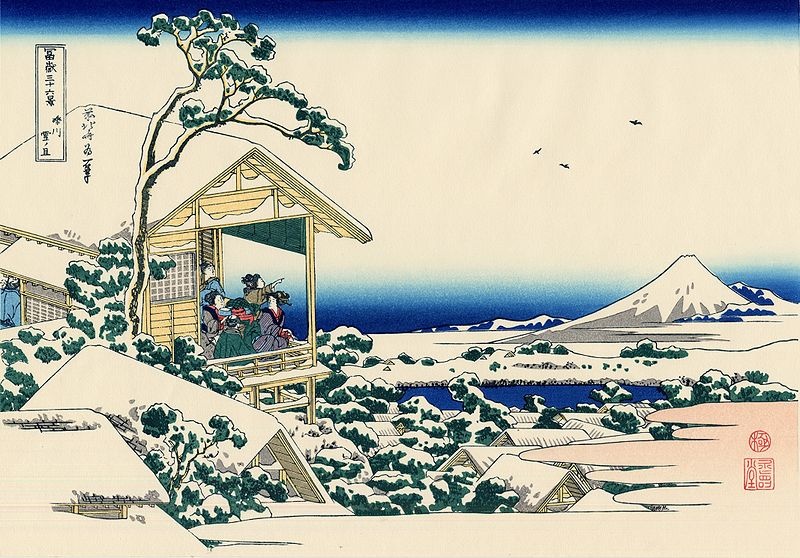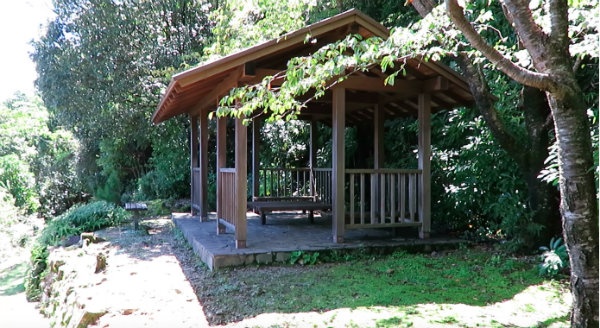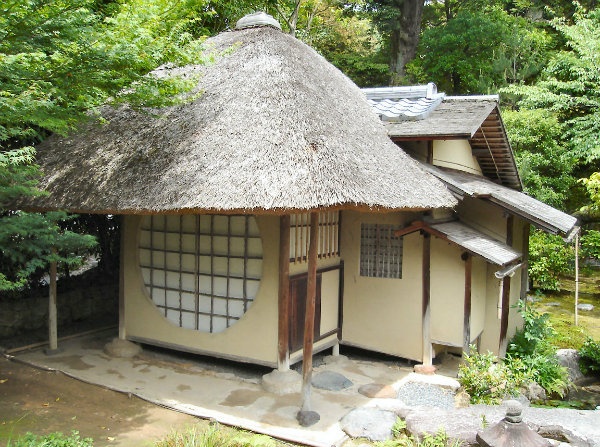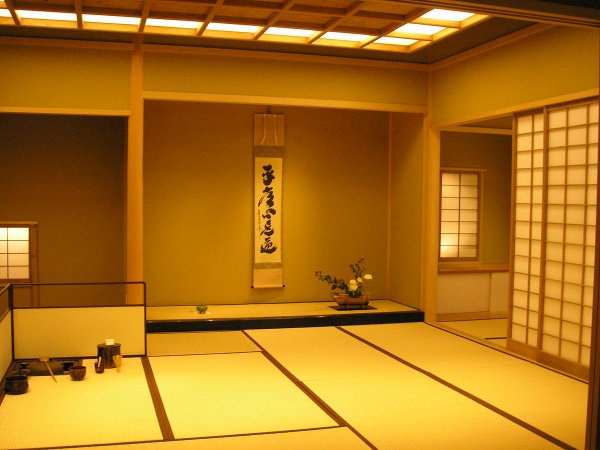A Beginner's Guide to Japanese Tea Ceremonies
Japanese tea ceremony is an art form that has been perfected over 1,000 years, and below RocketNews24 examines some of that long history. Japanese tea masters dedicate their lives to the ritual preparation of a simple bowl of tea. The tea ceremony can be a half-day affair, lasting up to four hours!
By SoraNews24Tea Houses

https://en.wikipedia.org/wiki/File:Tea_house_at_Koishikawa._The_morning_after_a_snowfall.jpg
Japanese tea houses—like this one depicted in "The Morning After a Snowfall” by Katsushika Hokusai—historically populated the archipelago along pilgrimage routes such as the Tokaido, Basho’s Narrow Road to the Deep North and the Kumano Kodo where travelers would stop to rest and have a cuppa.

http://en.rocketnews24.com/2016/01/12/a-peek-into-the-world-of-the-japanese-tea-ceremony/
Along the Kumano Kodo, the owners of this tea house called Sakurachaya would look out to the other side of the valley for pilgrims coming over the mountain and then start preparing tea and mochi (pounded rice cake) for their arrival.
Needless to say, with the modern-day pit stops such as Starbucks, the experience of stopping for a cup of tea along the road has changed quite a bit.
Let’s look at exactly what's involved in Japanese tea ceremony. In an overt act to discipline the masses, the tea ceremony reminds us to be mindful of others, appreciative of nature, and to put our hosts above everything else. Silence and quiet talking are valued (no gossiping or complaining about work), as well as appreciation of the intricate tools used, the proscribed ceremony procedures and the value of sharing a cup of thick green liquid among friends.
Private Tea Houses

https://en.wikipedia.org/wiki/Chashitsu#/media/File:KoudaijiIhoan.jpg
You’ll need a tea house or at least a special tea room to take part in a tea ceremony (although some are performed outside). Many of Japan’s famous gardens (the ones you have to pay to get into) have traditional Japanese tea houses and they will offer tea ceremony experiences on certain days of the year. Japanese tea houses are usually made of natural materials on order to appreciate the blessings of nature.

https://en.wikipedia.org/wiki/Japanese_tea_ceremony#/media/File:Museum_f%C3%BCr_Ostasiatische_Kunst_Dahlem_Berlin_Mai_2006_017.jpg
The tea room will contain a tokonoma—a recessed area in which a calligraphy scroll and/or a flower arrangement are displayed. In the case of this tokonoma, it also has an incense burner. The floor is traditional tatami mats, which can be knelt on for the event.





